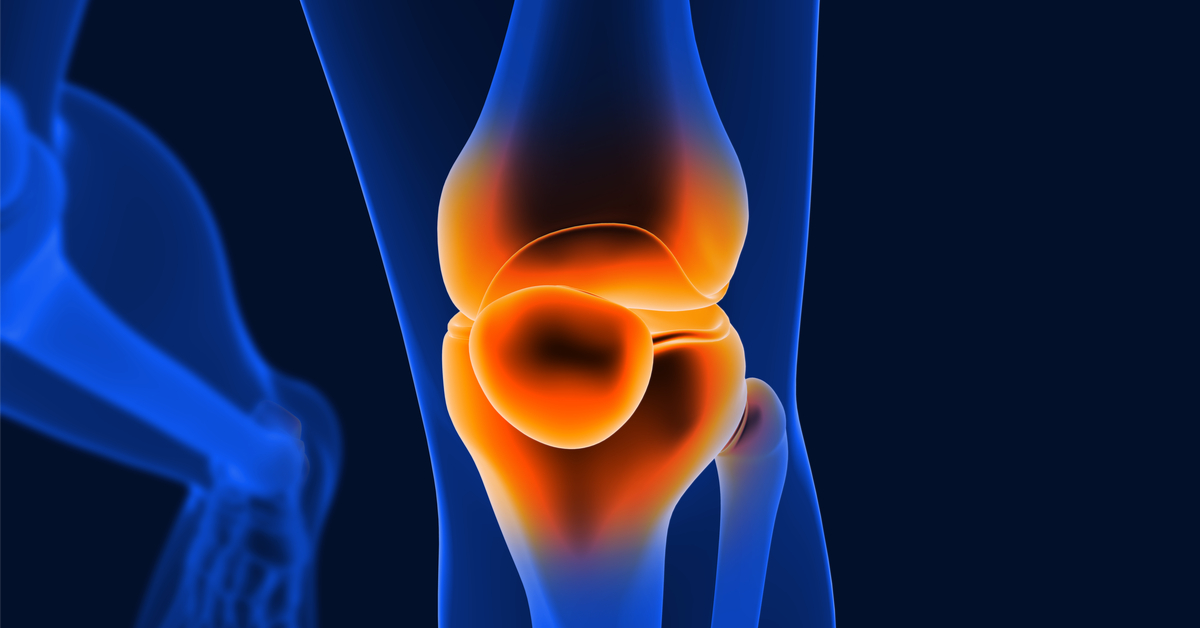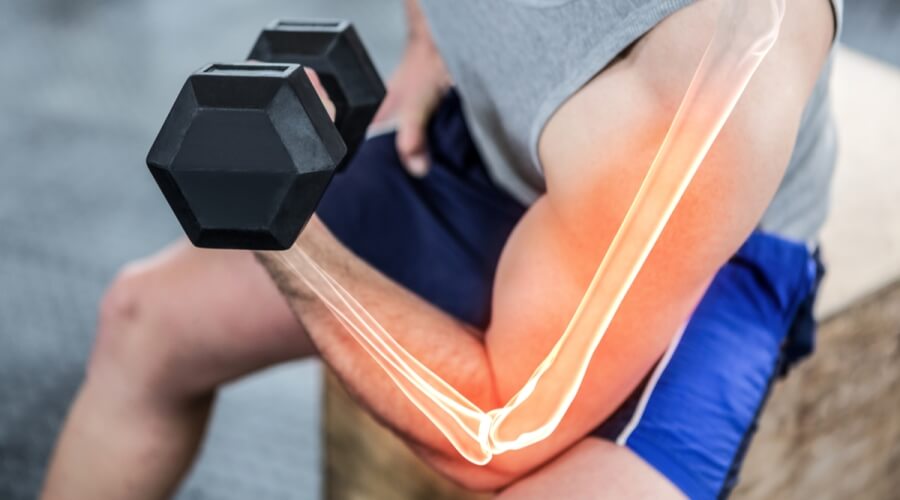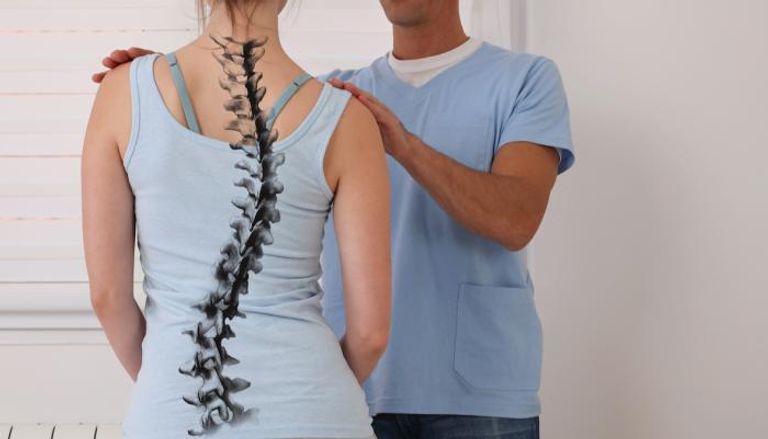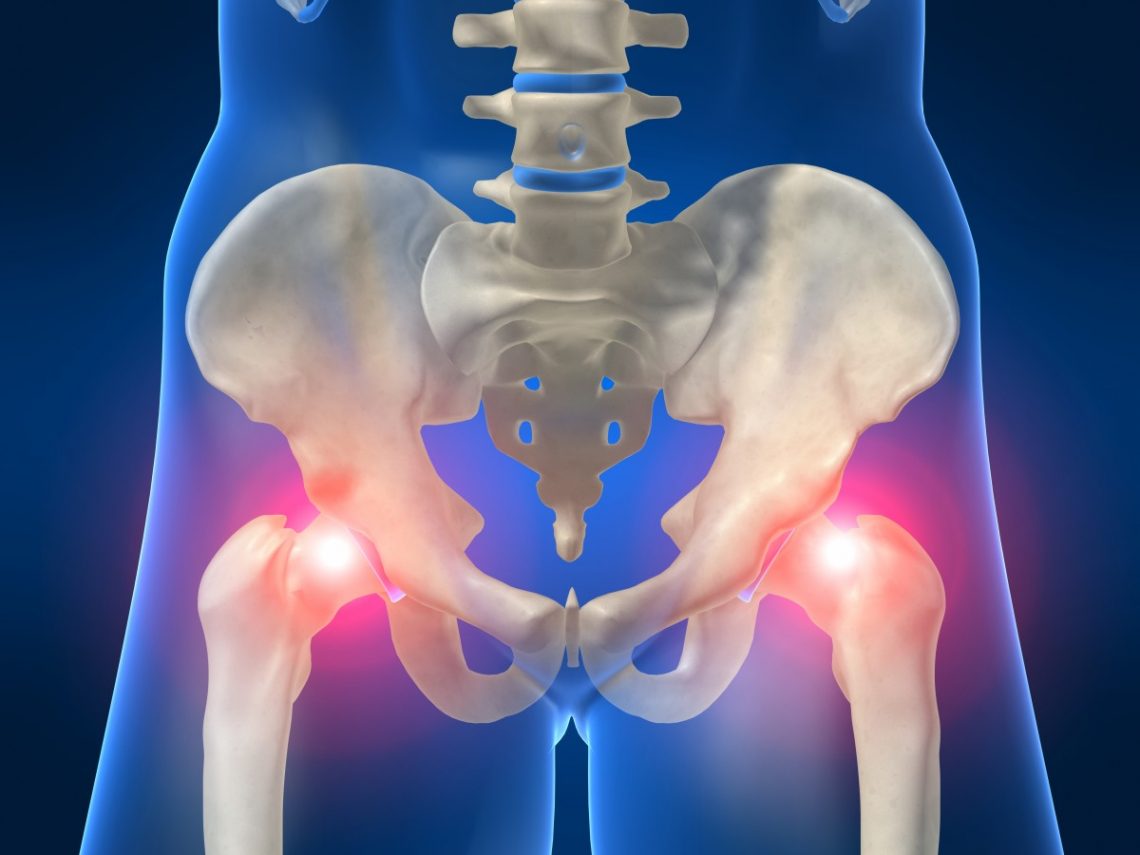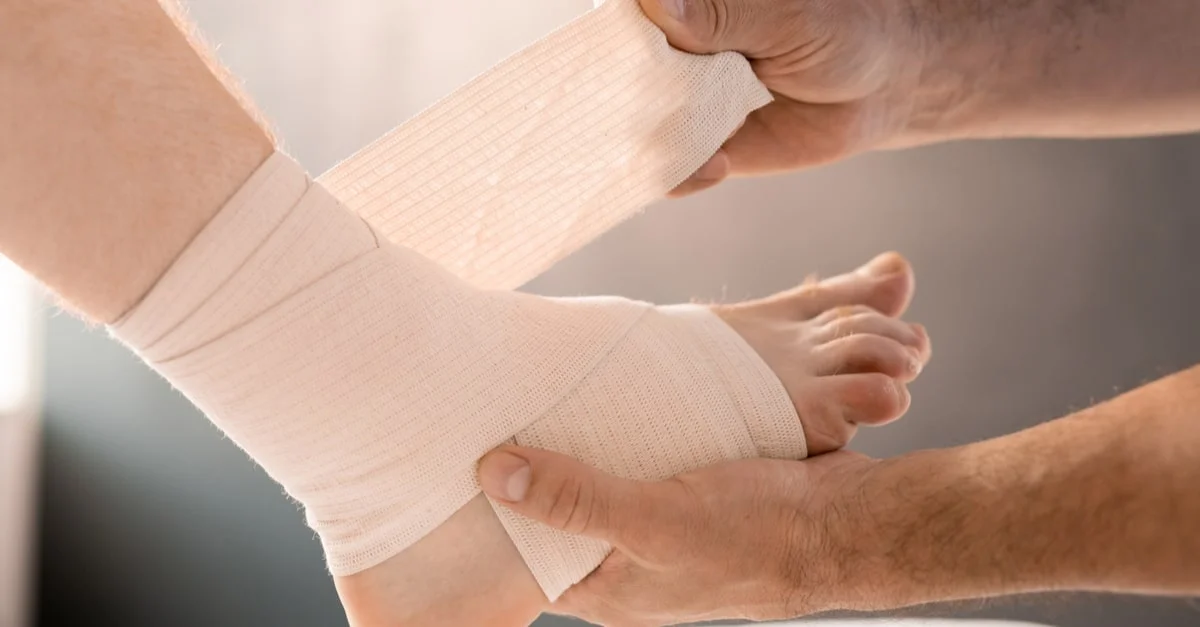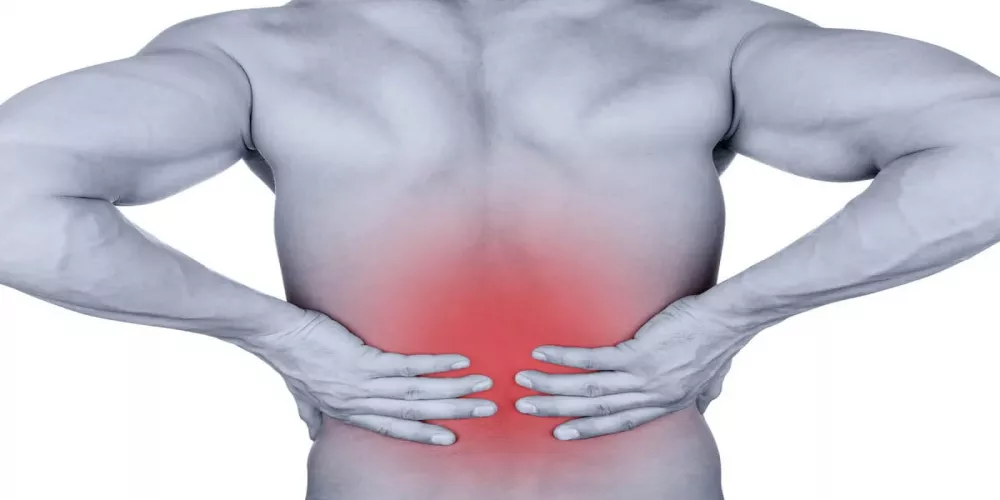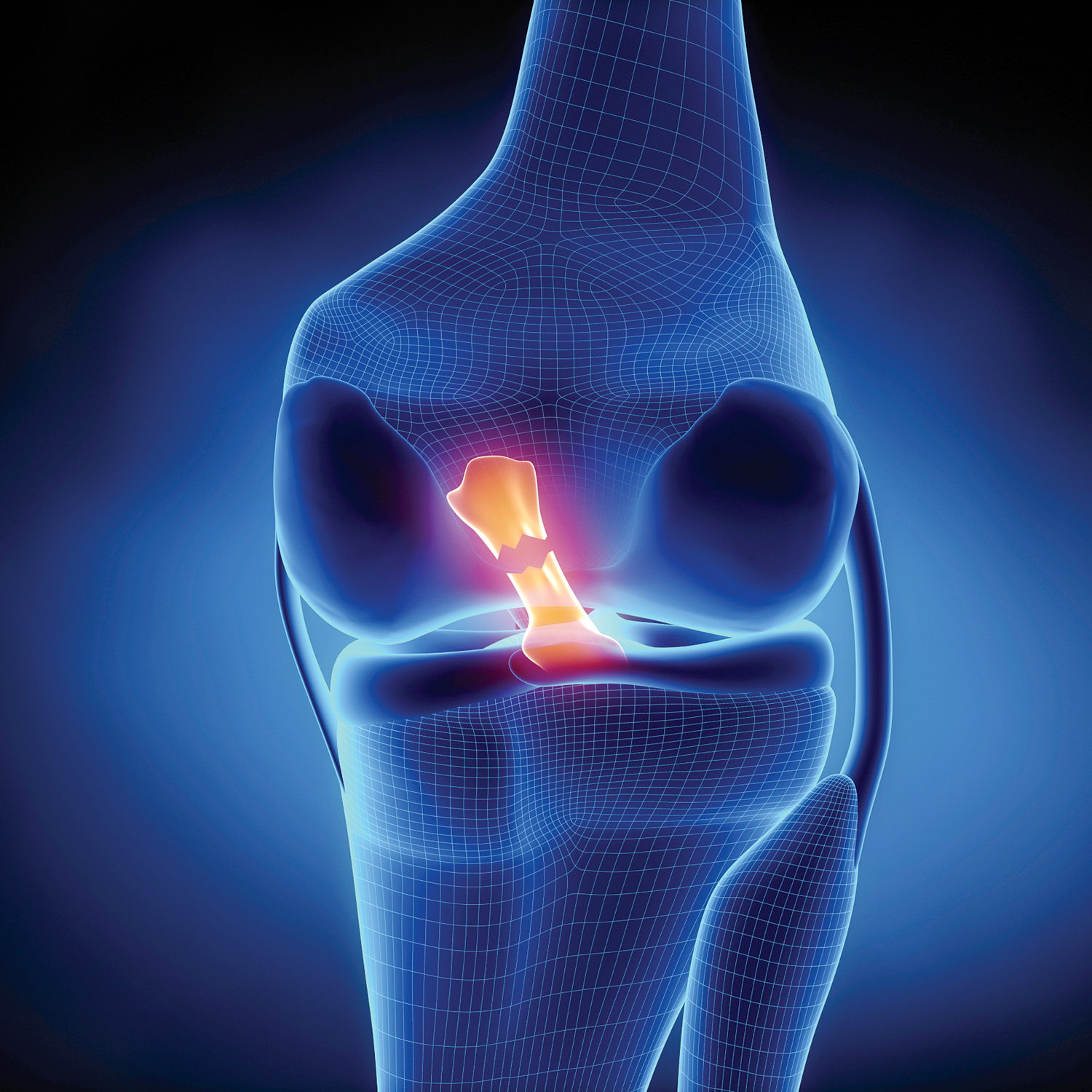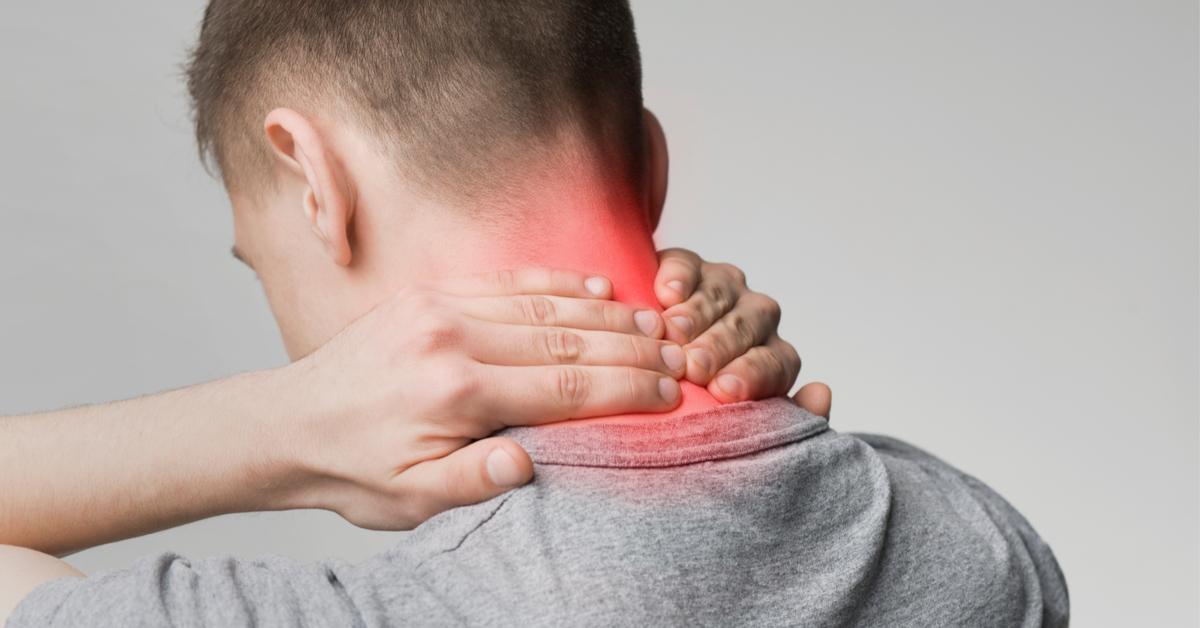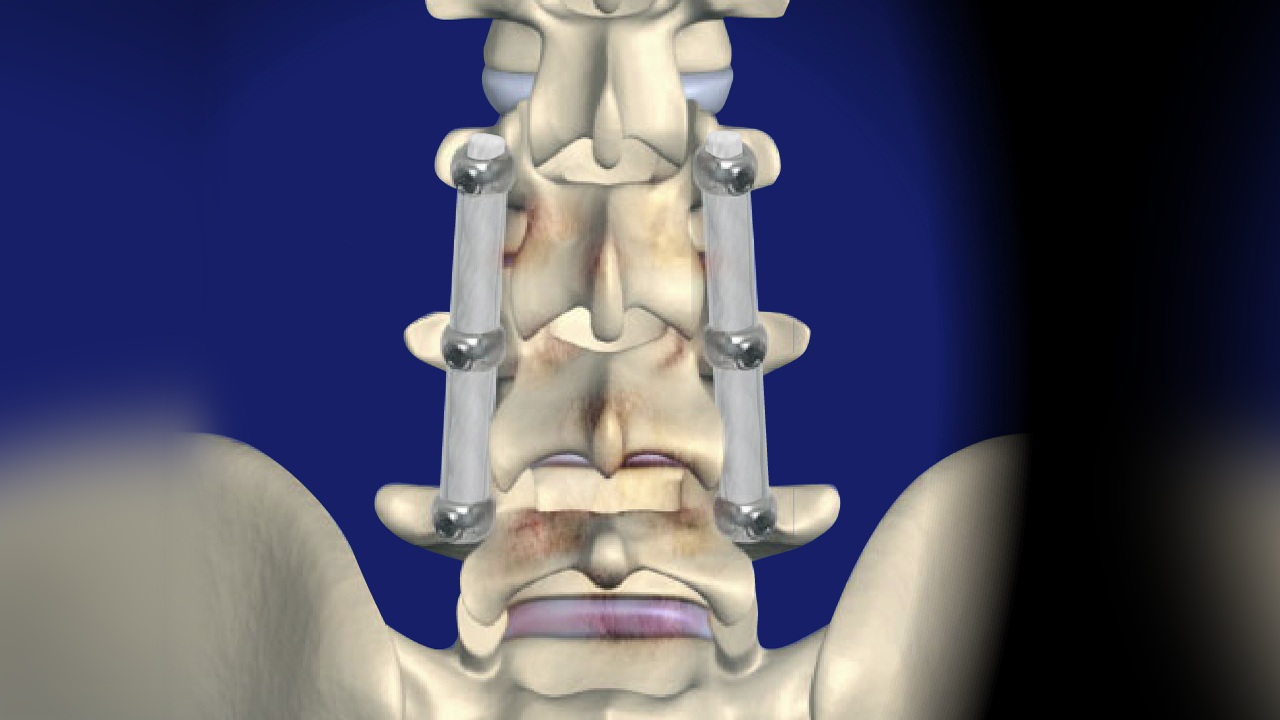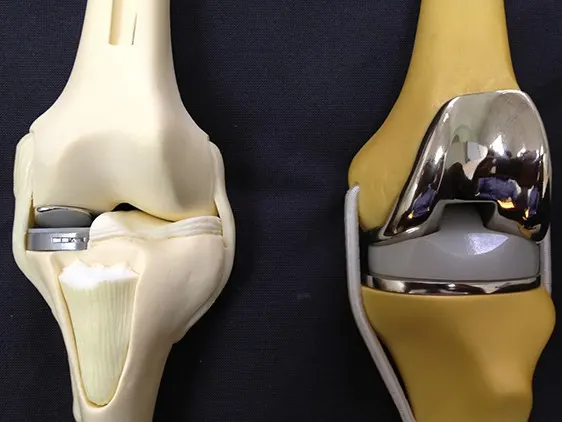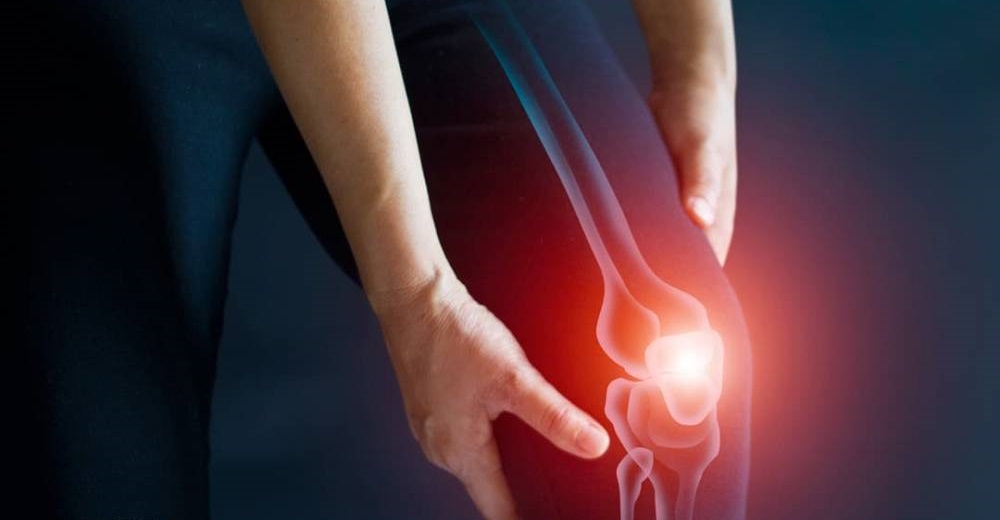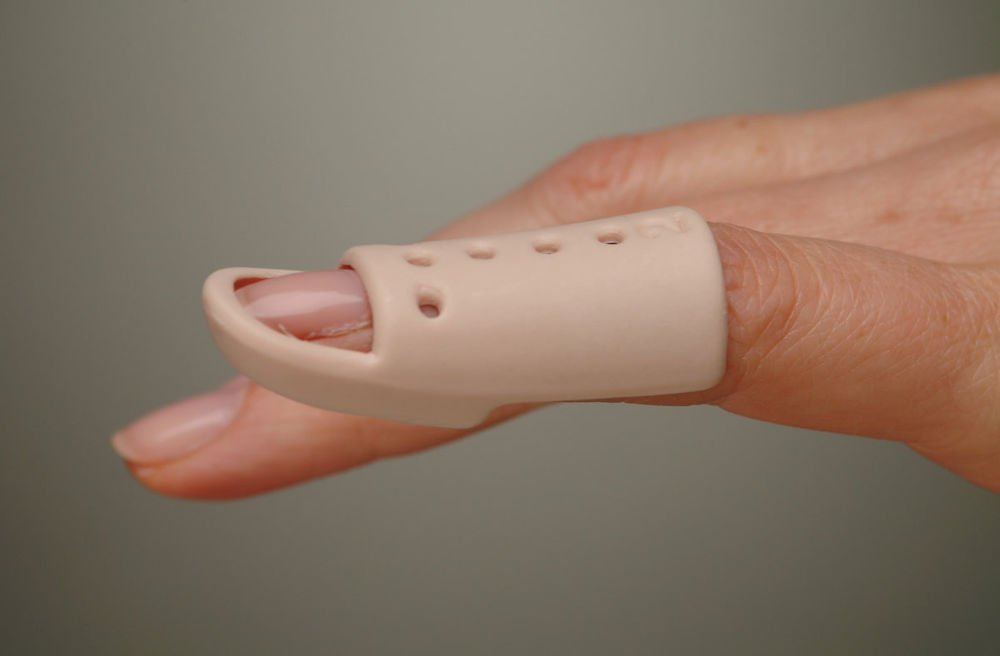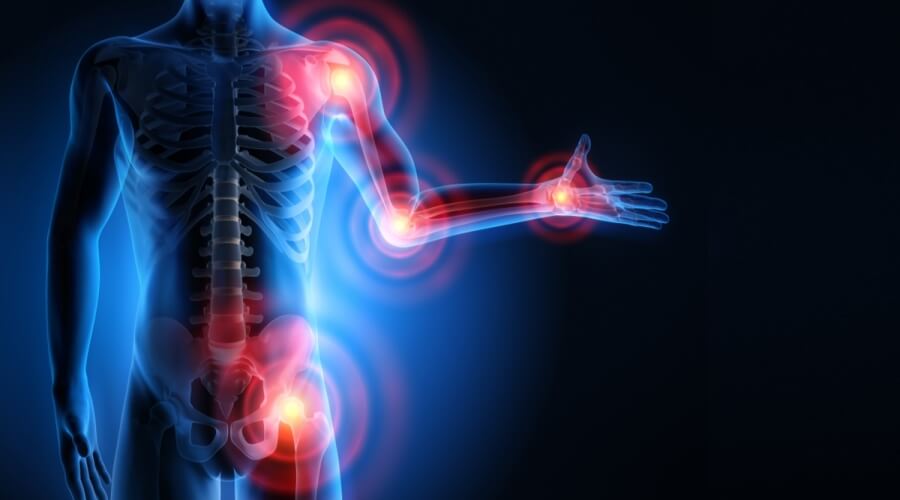Learn more about treating knee osteoarthritis
Inflammation of the knee joint may hinder individuals from continuing their lives normally, and for this reason, knowing all aspects of this issue and how to deal with it is very important, follow the following article with us to learn more information regarding this matter.
Knee osteoarthritis treatment
In order for the patient to get rid of knee arthritis, the doctor prescribes several therapeutic methods that can be followed for that, and here are some of them:
Natural therapy
This treatment is done by doing some exercises to strengthen the muscles that surround the knee joint in addition to the buttocks and hips, and it also tightens the inelastic muscles such as the hamstrings, the muscles that are flexible and strong can support the knee joint well, which reduces the pressure on the cartilage.
Pain relieving medications
- Over-the-counter analgesics such as acetaminophen and non-steroidal anti-inflammatory drugs (NSAIDs) such as aspirin.
- Painkillers that have a stronger effect for intractable cases and require a doctor’s consultation before taking any of them, such as Naproxen, Ibuprofen, COX-2 inhibitors, and topical ointments and creams.
Knee arthritis injection
Many injections are taken directly in the knee area to reduce the severity of pain and symptoms that appear on individuals, such as:
- Hyaluronic acid injection: It is used to lubricate the knee joint, as this greatly reduces pain.
- Platelet-Rich Plasma (PRP) Injection: These elements are in the patient’s blood and contribute to promoting tissue healing and repair.
- Stem cell injections: stimulate the growth of new tissues in the patient’s body.
- Regenerative parenteral therapy: works to significantly reduce inflammation.
- Steroid injections: Also known as cortisone injections, they are most commonly used to treat arthritis, reduce inflammation and swelling, and prevent knee stiffness.
Causes of joint and knee pain
- Dislocation and fracture: the occurrence of this is one of the matters that require immediate treatment immediately, and fractures may not appear at the beginning of the injury and the individual can move, but it appears over time.
- Ligament rupture: This occurs as a result of practicing some types of exercise, such as football, and as a result, the individual’s ability to move normally is hampered and he feels severe pain accompanied by swelling.
- Osteoarthritis: It is also known as osteoarthritis of the knee and is defined as a disorder that causes a gradual disintegration of the articular cartilage until it becomes very stiff and painful, and makes the individual unable to fully bend or straighten the knee and the knee gets stiff, and this is associated with advancing age.
- Arthritis: This is accompanied by many symptoms, such as feeling pain, swelling, and the inability to move the knee freely, and although this is very painful and difficult, dealing with the situation well makes the individual able to lead his life normally.
- Bursitis: Basically, this is a watery bag that reduces friction between tendons, muscles, and bones are mostly in the joints, and the injury results in severe inflammation and pain that remain constant even when taking plenty of rest.
What are the symptoms of knee arthritis?
- The presence of severe pain in the knee area worsens when staying still for long periods or when waking up from sleep.
- The feeling of pain increases in intensity when moving and may reach the extent of impeding the individual from continuing his activities normally.
- Stiffness in the knee joint.
- Clear swelling, inflammation, and redness of the knee area.
- The area of skin around the knee is emitting intense heat.
- Lower muscle weakness.
What is the treatment for knee arthritis?
Physiotherapy and taking some painkillers may play a major role in improving the knee joint and its recovery over time.
- Joint repair: the surface of the joint is leveled or its position is improved to reduce pain and increase the effectiveness of the joint in performing its function, and this process is done through the arthroscope through small holes above the joint.
- Joint replacement: In this process, the doctor removes the damaged joint and replaces it with an artificial one, and this process is common in certain areas more than others, such as the hip and knees.
- Joint welding: This process is used to deal with joints that are small in size, such as those in the wrist, ankle, and fingers, where the ends of the two bones in the joint are removed and the two bones are welded together.

